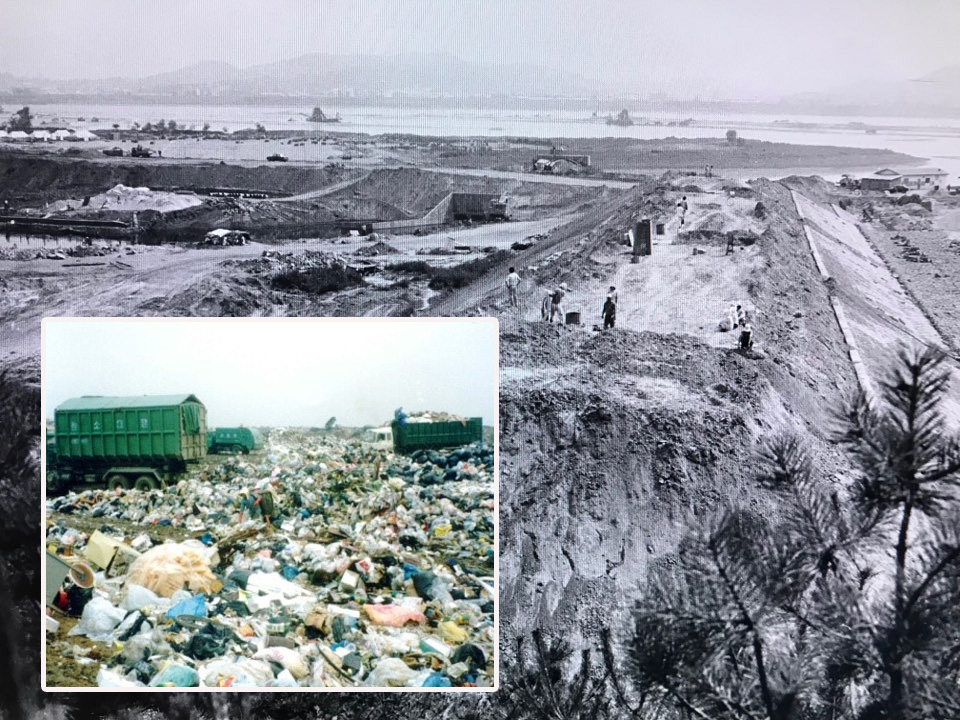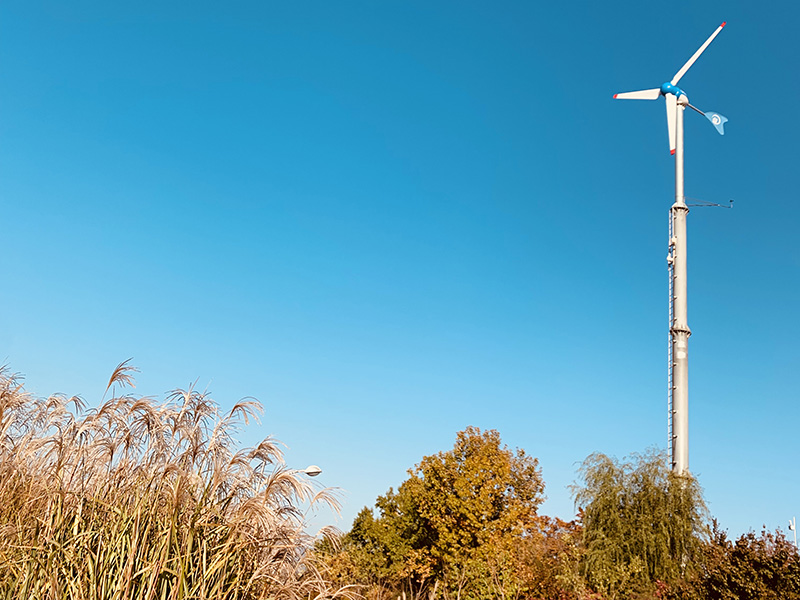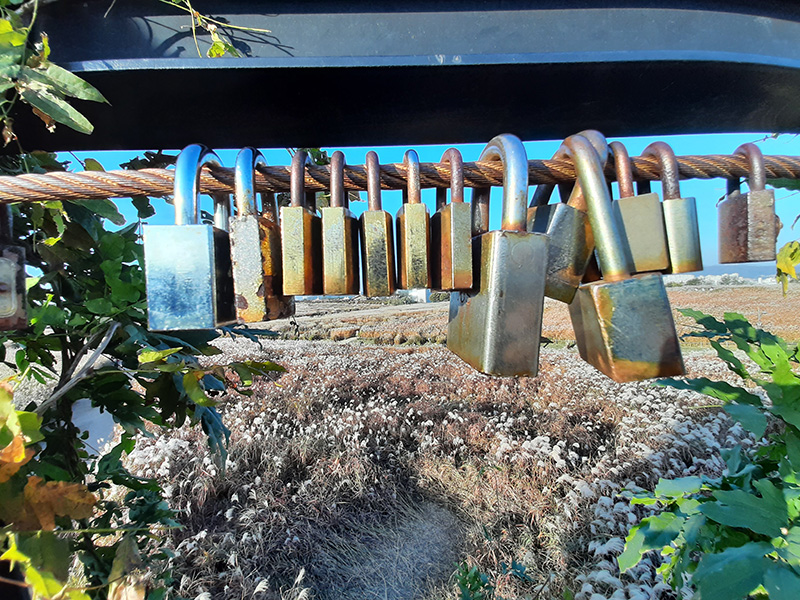How the world's tallest trash mountain became Seoul's 'sky' park
SEOUL, South Korea — If you've ever passed by a landfill, the sight of overflowing, stinky trash is not something to behold. Not only is the huge expanse of rubbish an eyesore but also a threat to public health.
But that was decades ago for Nanjido.
Fast forward to present, the site is nowhere near to a landfill. Some visitors, especially tourists would not even think that something unpleasant used to lie underneath.
Now called Hanuel Park, it is now a magnificent tourist spot in Seoul fashioned out of old garbage dump.
Ghost from the past
The Hanuel Park, which was an island called Nanjido, served as a landfill site for 10 million residents of Seoul for 15 years since 1978.
At one point in history, Nanjido became the highest trash mountain in the world.

Photo inset shows mounds of garbage left at Nanjin landfill. Photo courtesy of Seoul Metropolitan Government and https://www.seoul.go.kr/.
The garbage heap reached as high as 98 meters above sea level — that is 34 times higher than the Great Pyramid of Giza in Egypt.
Payatas, which is the Philippines' largest open dumpsite, is only about 8% of Seoul's Nanjido landfill measuring around 228 hectares (Payatas only occupies 20 hectares of land).
"It [Nanjido] became a barren land where the main culprit, methane gas and leachate flowed," the tourist destination's website read.
Residents living close to the landfill site ran the risk of contracting health problems for being exposed to hazardous toxins and gas.
"Nanjido is a painful reflection on the high growth of Seoul that has allowed the destruction of the environment, as well as the realization of challenges and commitment to ecological restoration and environmental regeneration," it added.
Trash-to-treasure transformation
The South Korean capital’s metropolitan government led the transformation of Nanjido landfill in 1996 until 2002.
"As a result of this stabilization project since 1996, it [Nanjido] was restored as a land of life where various plants and animals can live, and in May 2002, it was reborn as a World Cup Park," the website read.
The stabilization project involved restoring the abandoned land and transforming it into an eco-friendly park.

The Hanuel Park is now an eco-friendly area covered with silver grass, eulalias and wild flowers. Kristine Daguno-Bersamina
The government, with the help of the community, managed to conceal massive piles of waste and turned it into a thriving ecological space for people to enjoy.
Thirty thousand butterflies were released across the vast, beautiful park to symbolize that a natural ecosystem had been established.
"If not for the World Cup, the park would have not been built in the first place," said Tourism and Employment Bureau Director General Lee Kook Hwan of the Seoul Metropolitan Government through an interpreter on November 1.
With the official slogan “I.Seoul.U” meaning connectivity among the city and the rest of the world, the Seoul Metropolitan Government showcases many environment-friendly sites that include the Haneul Park.
The 'sky' park
True to its name Haneul, meaning "sky" in Korean, the site is located at World Cup Park’s highest point where visitors can enjoy stunning views of the Seoul's skyline and the Han River.
The World Cup Park is composed of four smaller parks. These are: Peace Park, where nature and people meet in peace; Haneul Park, a meadow facing the sky; Noeul Park, where the sunset of Seoul is most beautiful; and Nanjicheon Park, where willows bloom.
Vast grasslands were made by planting eulalia and cogongrass in the northern part of the park while sunflowers and buckwheat were placed in the south.
Five windmills quietly standing among the silver grassfield are being used to provide power to the park and its maintenance office.

The wind turbines provide electricity for the operations Haneul Park. Photo courtesy of Seoul Metropolitan Government and Co. Digital Chosunilbo
At the observatory deck, locals and tourists can have a sweeping aerial view of the whole park and the city.

A view from the observatory deck. Kristine Daguno-Bersamina
In autumn every year, Seoul holds the Silver Grass Festival at the top of Haneul Park to highlight the breathtaking scenery. Many photographers would flock to the area to capture the silver grass and pink muhly in full bloom.
Haneul Park is definitely one of the best places to visit in Seoul, especially during fall. The autumn months fall between September and November.
___
Editor's note: The tour to Seoul was hosted by Co. Digital Chosunilbo, in partnership with Seoul Metropolitan Government's City Branding Division. At no stage does the host organization has a say on the stories generated from the coverage, interviews conducted, publication date and story treatment. Content is produced solely by Philstar.com following editorial guidelines.



















